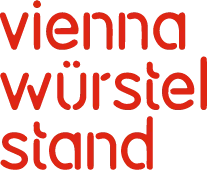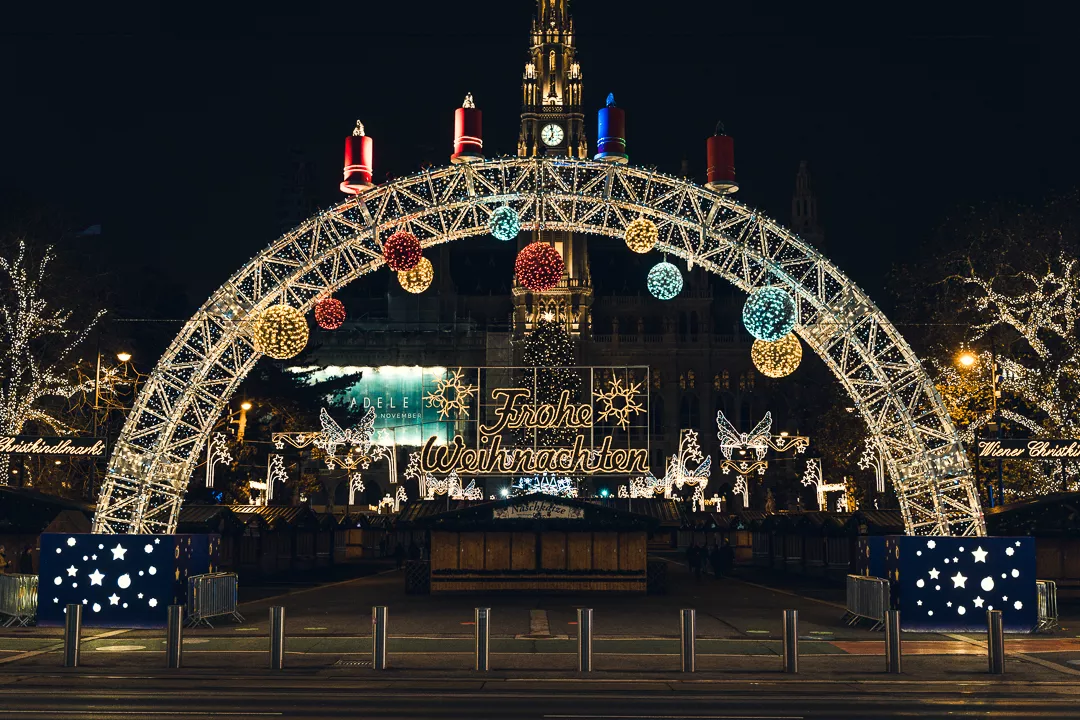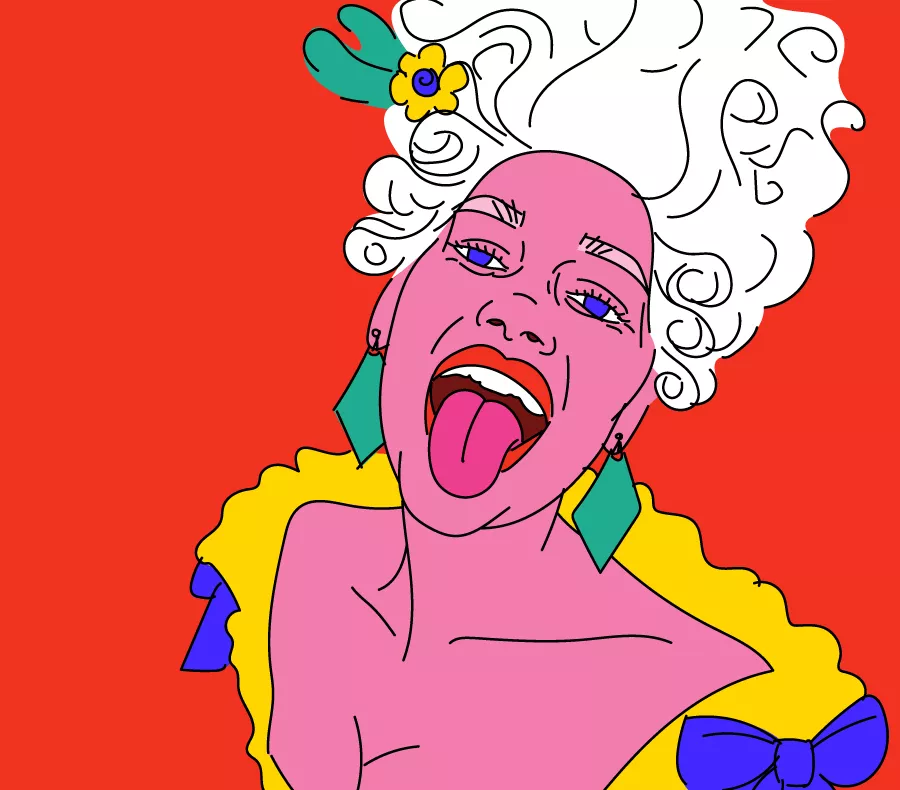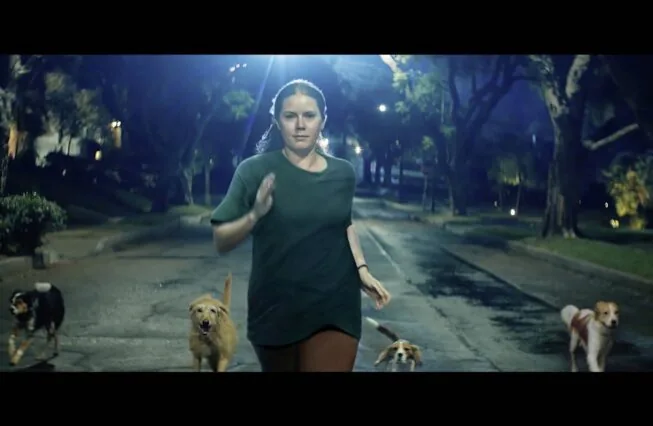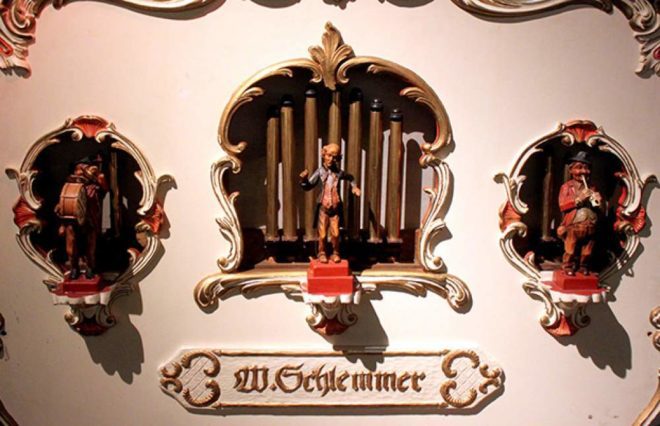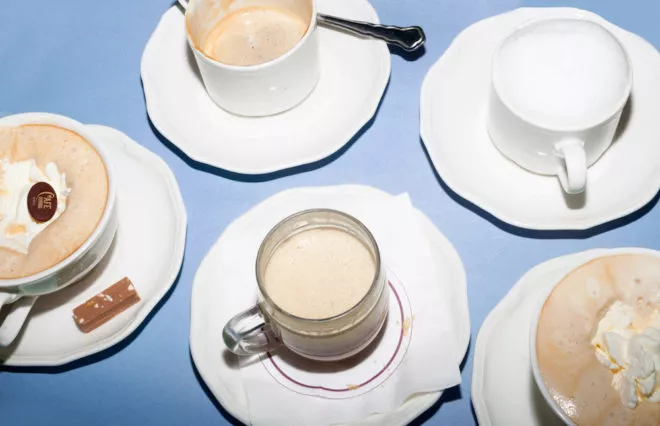1. The oldest Christkindlmarkt has been going strong since the 17th century
There’s a lot of chatter in the history books about when Vienna actually hosted its first market dedicated to the theme of Christmas. While many accounts there were Christmas markets happening in Vienna as early as 1296, there’s no clear proof that this is actually true. There is, however, plenty of proof suggesting that the first Christmas market in Vienna happened in 1764 at the same location where the so-called ‘Old Viennese Christmas Market’ is held today – on the square known as Freyung in the city centre.
2. Christkindlmärkte once went by a whole other (more religious) name
Before the introduction of the decorative Christmas trees at the markets (and the hoards of tourists started arriving to visit them) Christmas markets were known as Krippenmarkt (= Nativity market).
3. The average a person spends on a visit to a Vienna Christmas market is about 22€ and the total expenditure by the locals alone at the markets amounts to about 100 million Euros
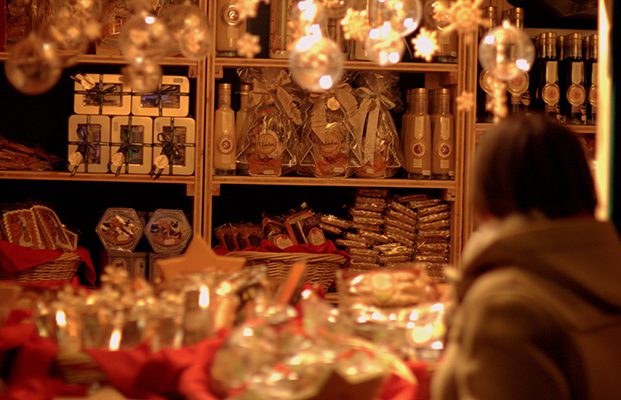
How many Turbopunsch can you buy for that kind of money?!
4. 4.6 million visits to Vienna’s Christmas markets are by people living in Vienna. Only 1.8 million people live in Vienna
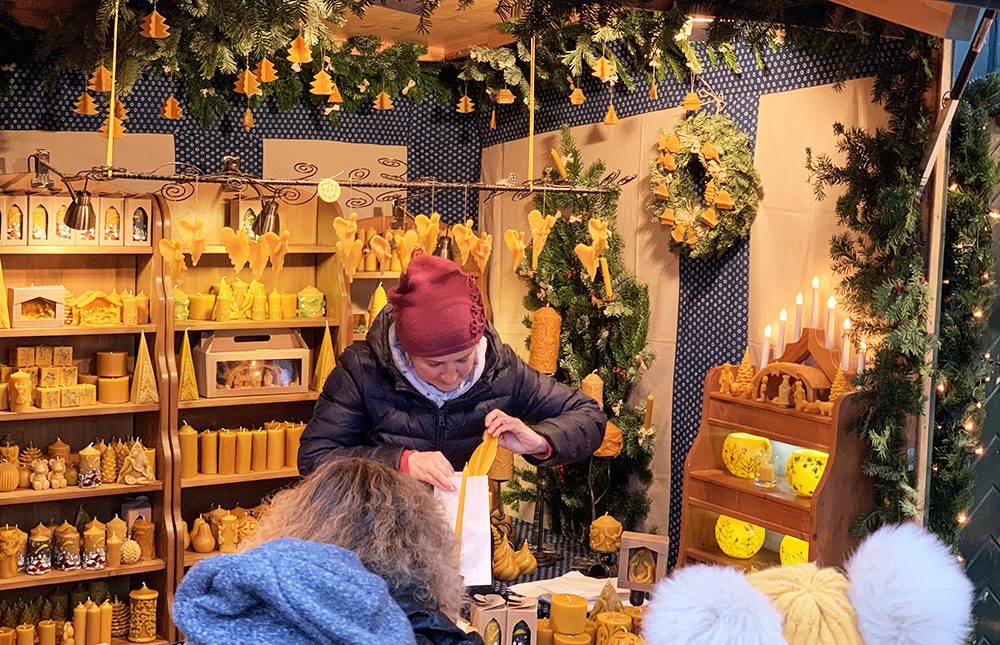
We’ll let you do the math to work out how much the locals love getting high on the smells of cinnamon and Punsch every year at the markets. Let’s just say, it’s not just the bus loads of tourists that stream into the dozens of Christmas markets spotted around Vienna each year.
5. The only other time Vienna’s Christkindlmärkte were closed was during World War 2
So you could imagine how hard it would have been to be the person in 2020 to cancel them that year. Good thing that this year’s a little bit different…
6. Annually, around 3 million people visit the Rathausplatz Wiener Christkindlmarkt, including around half a million foreign tourists
7. Up until the 1980s, Vienna didn’t have the dozens of Christmas markets set up around the city like it does in a normal year nowadays
It only had a couple of main Christmas markets. It was throughout the 1980s when smaller Christmas markets were established at other points in the city other than the Rathausplatz. Right about when mass tourism started to really kick off.
8. The reason why your ‘Weihnachten 2013’ mug can still be found around the place in 2022 is…
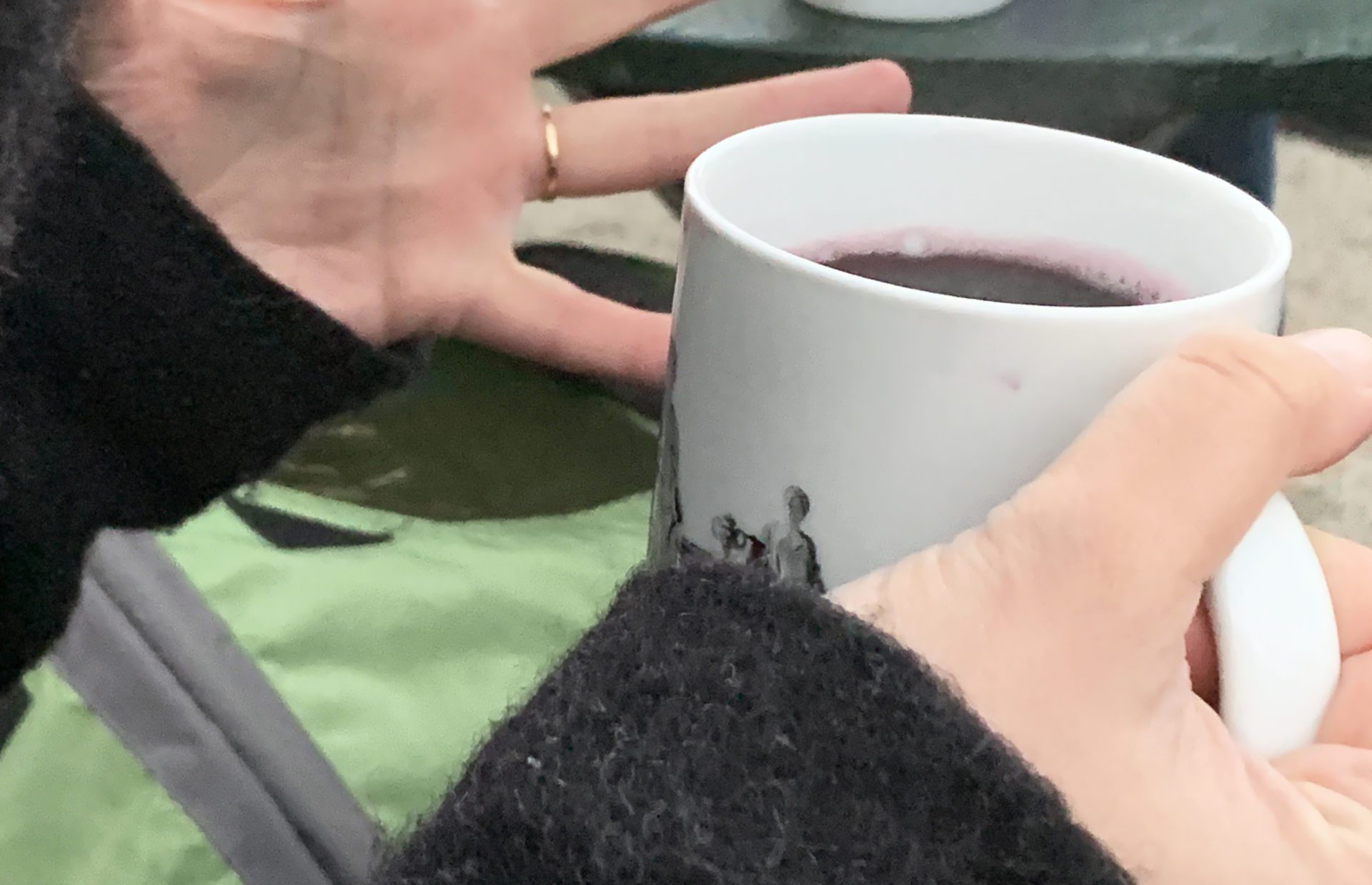
This interesting fact concerns those model citizens who bring their mugs back to the Glühwein vendors after they’ve used them… well, the citizens that don’t want to lose the super high deposit on the mug.
If the cup is still in good condition at the end of the market season, they are either donated to charitable organisations like ‘Wiener Tafel,’ or can be found in select souvenir stores.
9. Christmas markets are a phenomenon out of the German-speaking world. The first-ever ‘Christkindlmarkt,’ as they’re known as in the German-speaking world, was in Dresden, Germany.
10. The Christmas market at Rathausplatz wasn’t always as popular as it is nowadays (in a normal year)
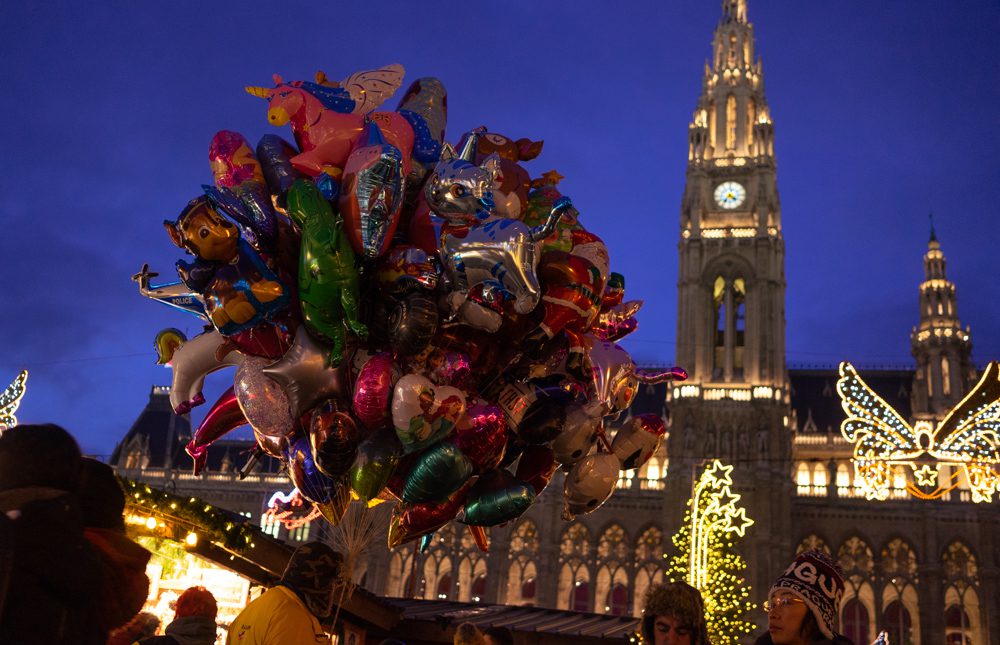
Back in 1975, the crowds were fewer and the attractions only seemed exciting for the most devoted Christmas fans. The huge space in front of the town hall only hosted 66 market stands as opposed to 152 in 2019.
11. In a normal year, the Christmas markets make more than double as much as Amazon and Mariahilfer Straße around Christmas time in Vienna
The Christmas markets were expected in 2018 to drag in a whopping…wait for it…390 million Euro, according to a report by Der Standard.
12. The Rathausplatz market used to be the biggest Christmas market in the city, but in 2022, it’s actually the Spittelberg market.
According the City of Vienna, the Rathausplatz market “only” hosts around 100 stands this year. That’s about a third less than before. This created additional open spaces where visitors can spread out better. While crammed into the romantic narrow streets of the Spittelberg market, there are approximately 125.
13. Glühwein at the Vienna Christmas markets is (on average) sweeter than Red Bull and Coca-Cola
Vienna’s consumer magazine, Konsument, examined 14 Glühwein from Viennese Christmas markets for their alcohol and sugar content in 2018. They discovered that Glühwein contained more sugar than a can of Red Bull and Coca Cola.
14. 30,000 litres of hot drinks are sold over the stand counters at Vienna’s Christmas markets, per DAY!
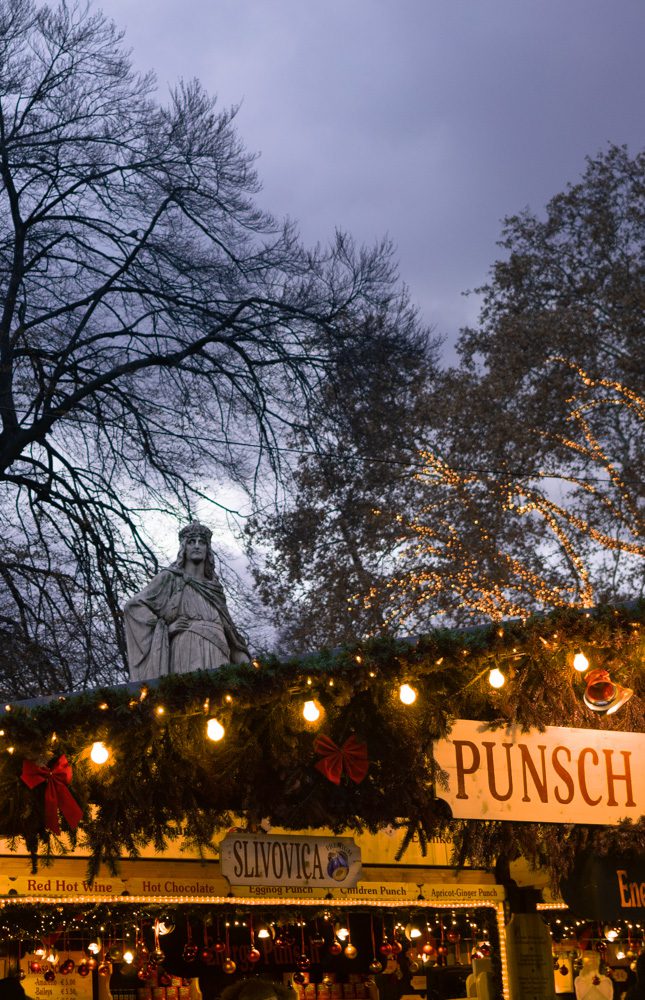
According to a report in 2018, every day, up to 30,000 litres of hot drinks are served up at Vienna’s Christmas markets. The hot drinks include Punsch, Glühwein, and cocoa – with or without rum.
